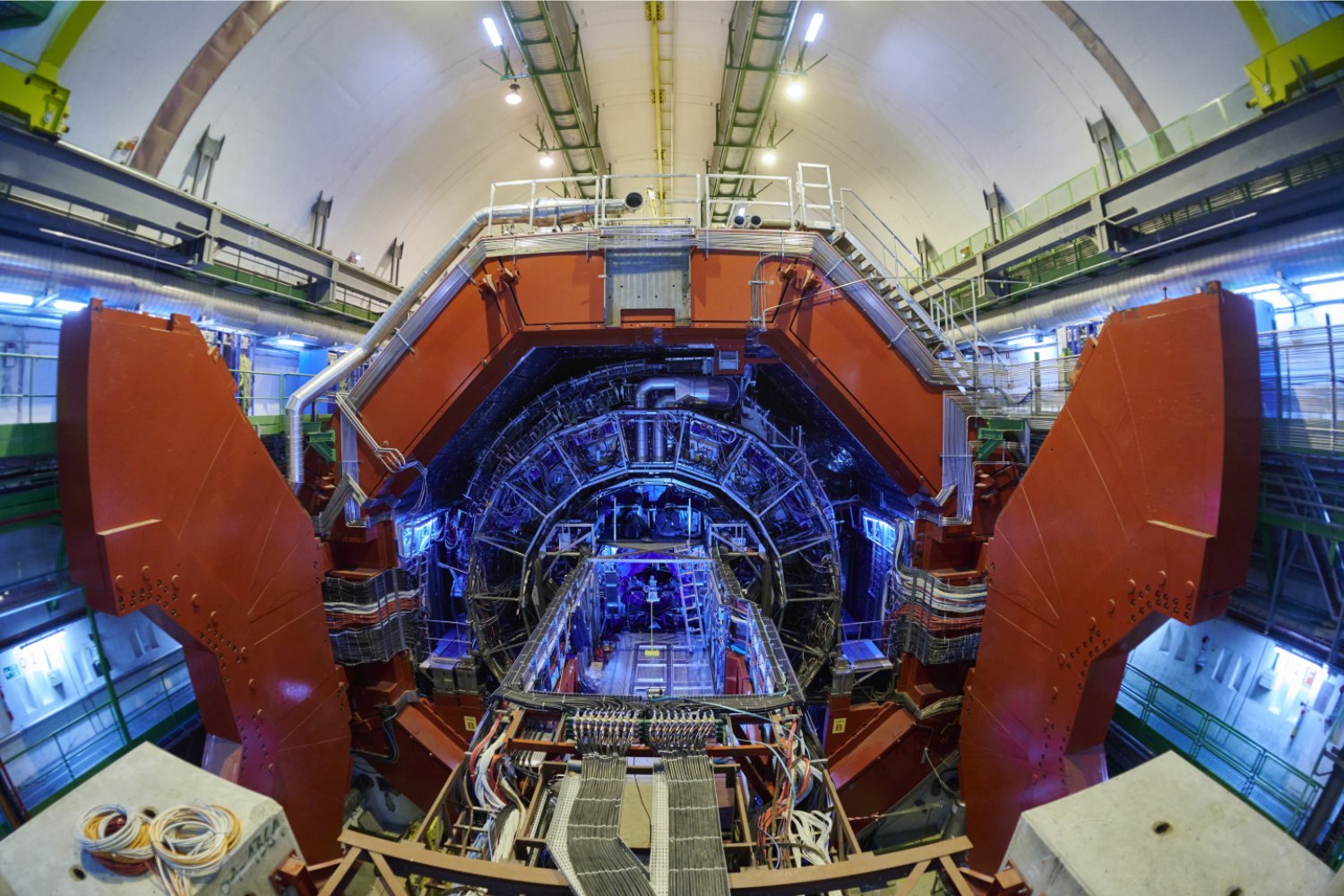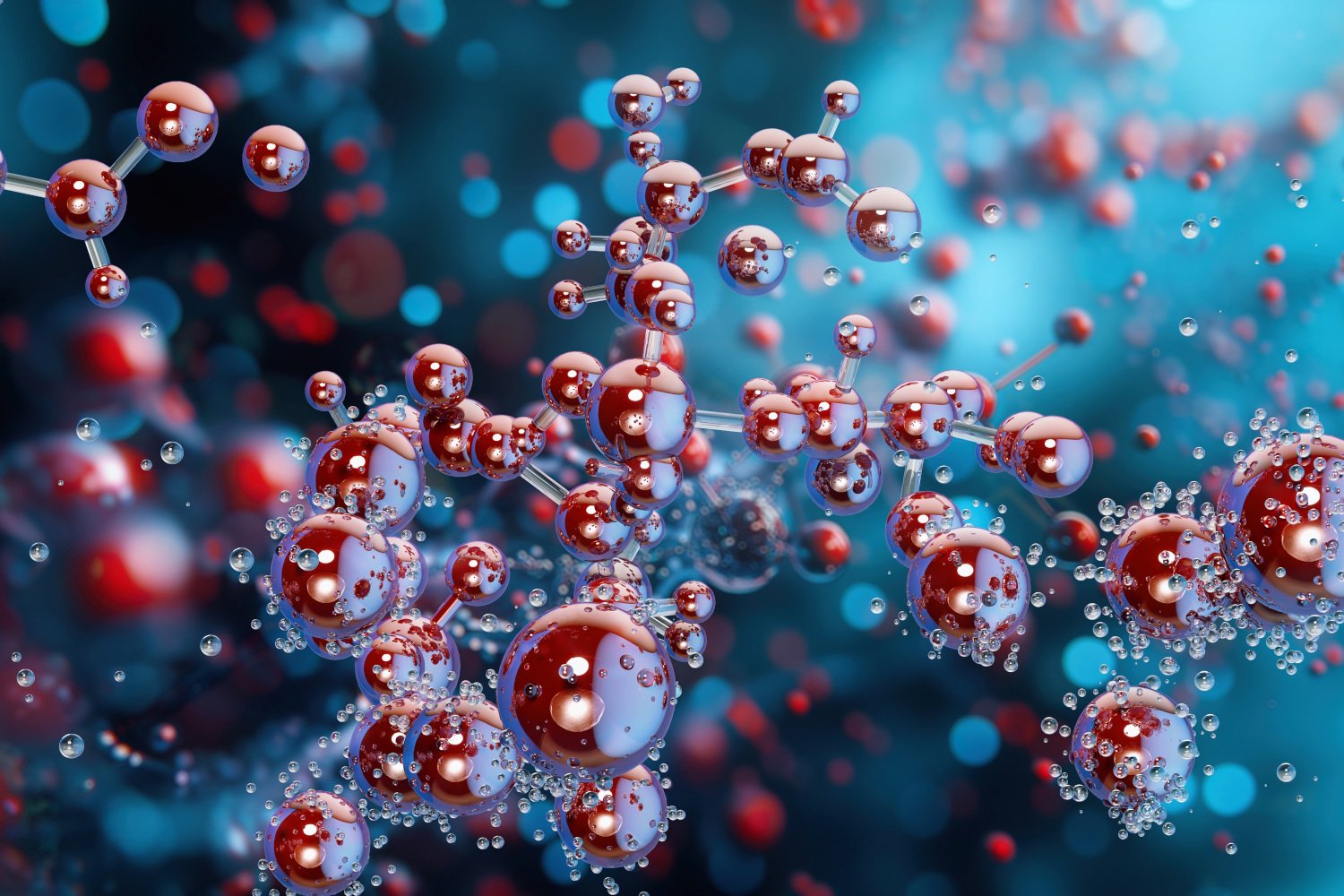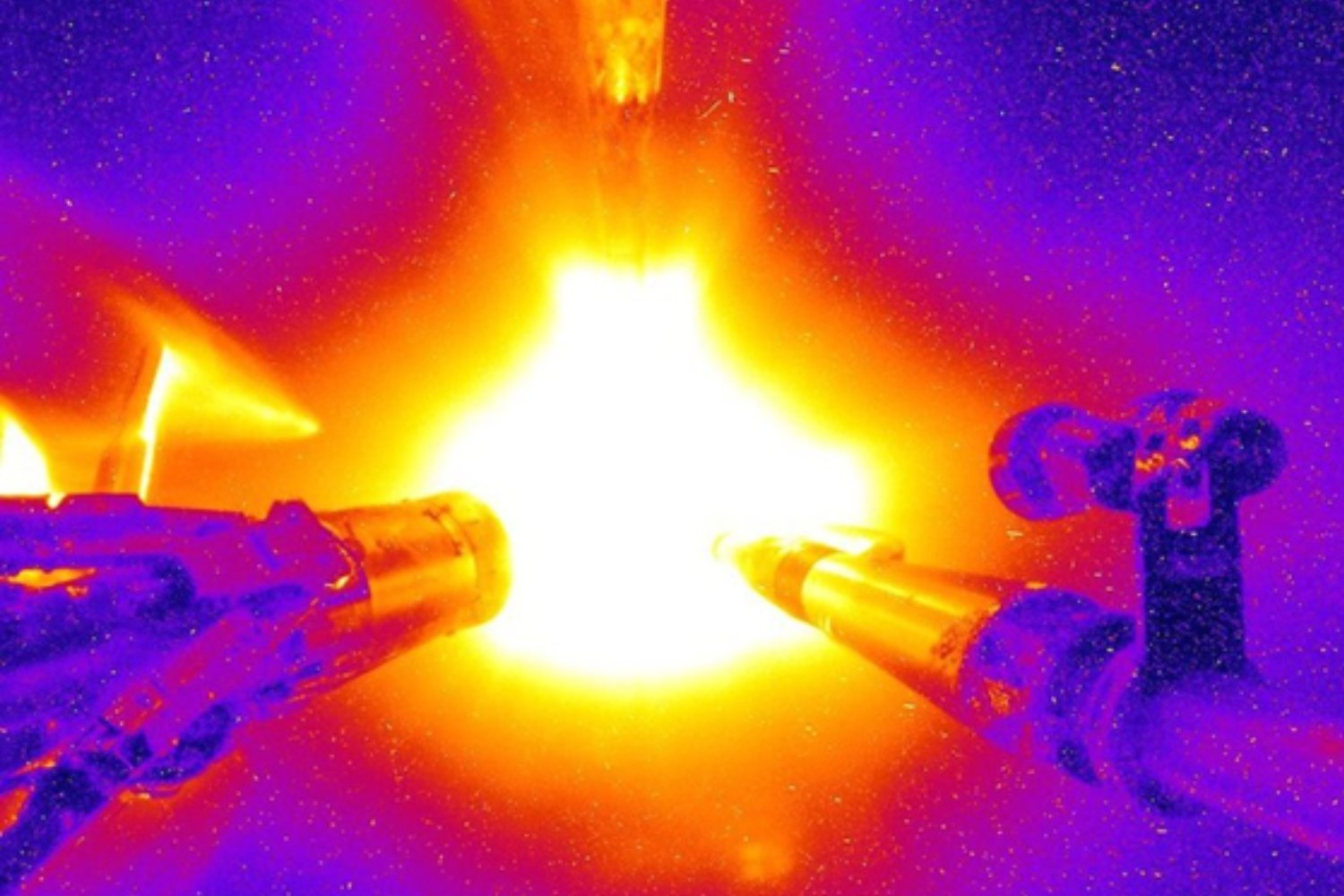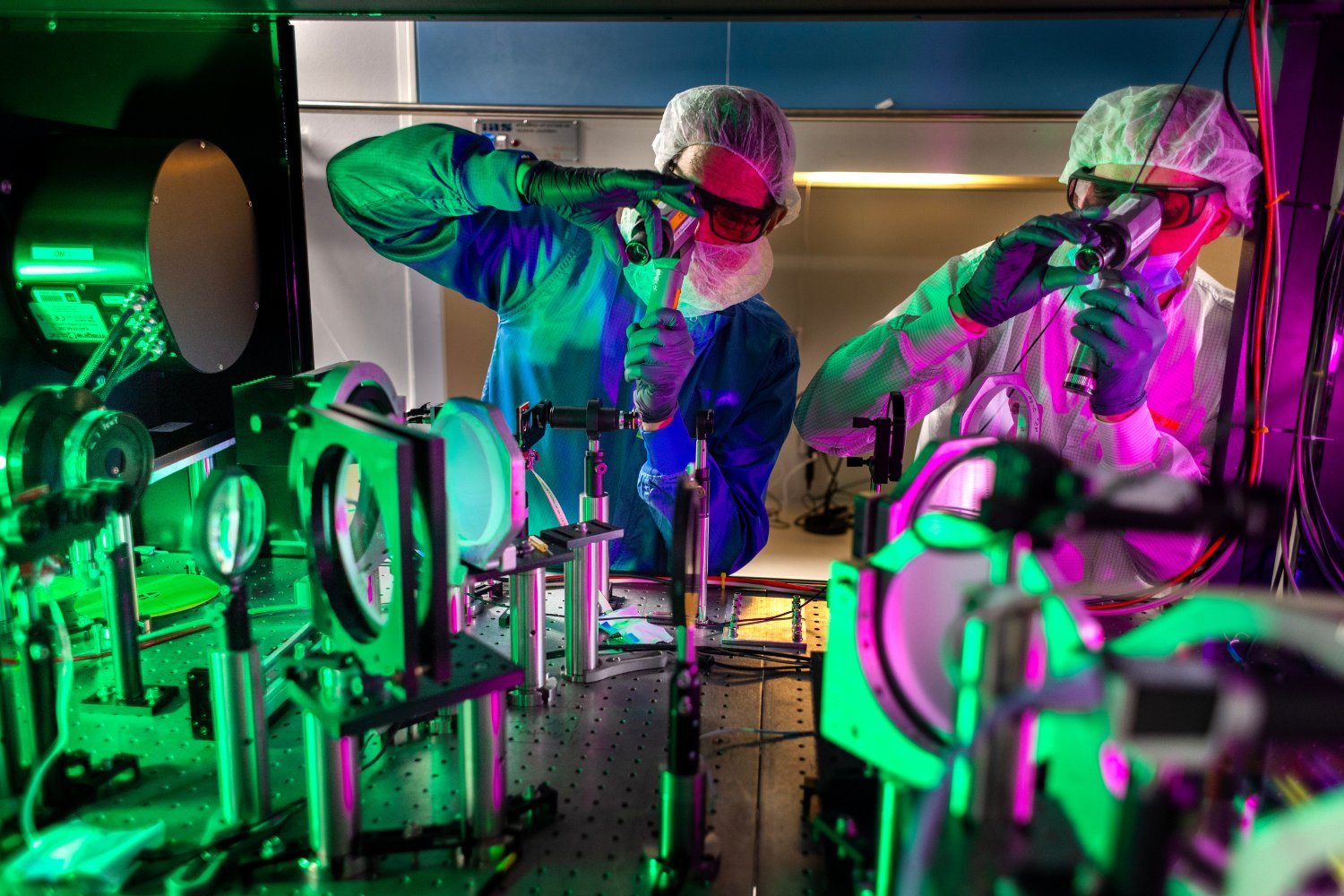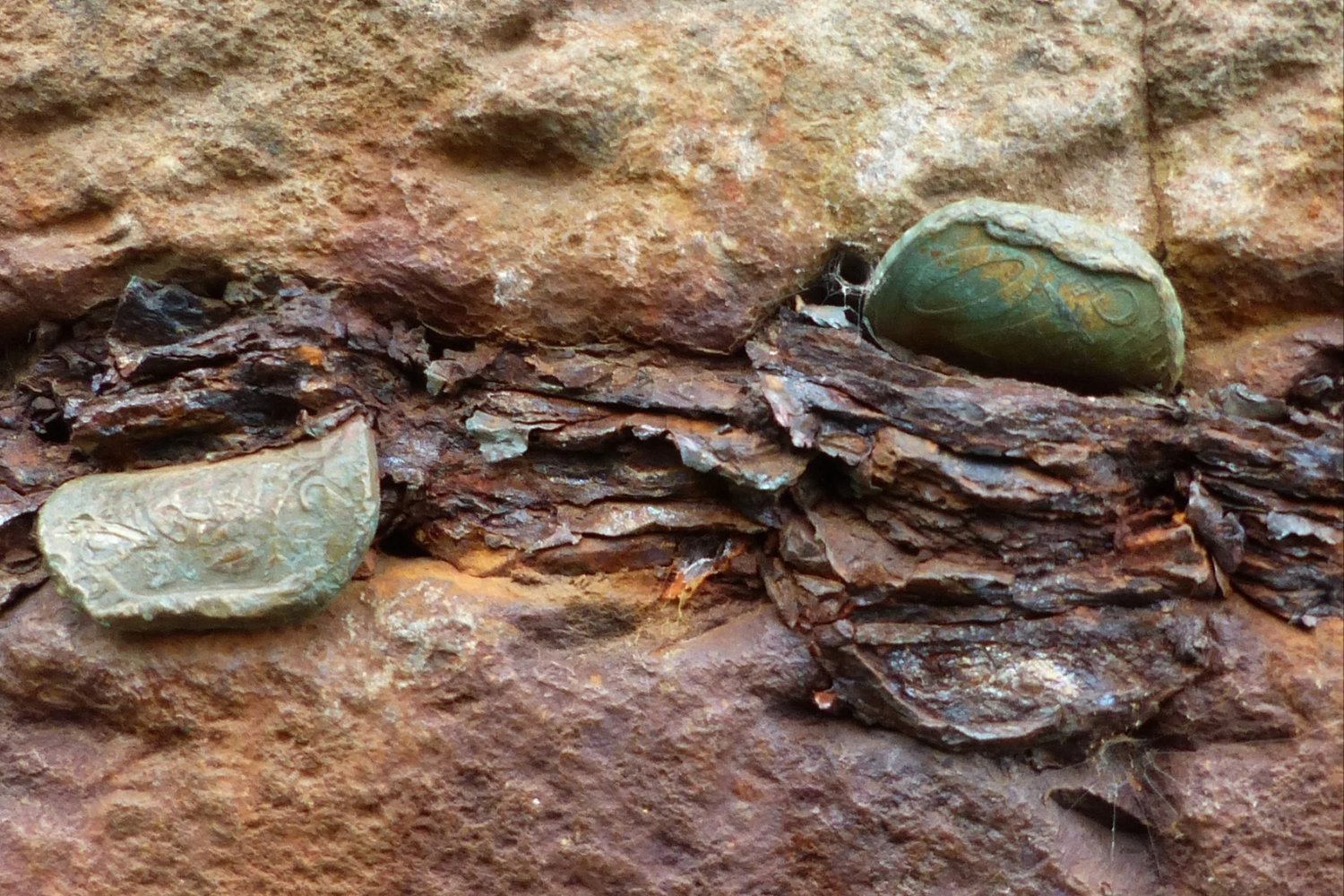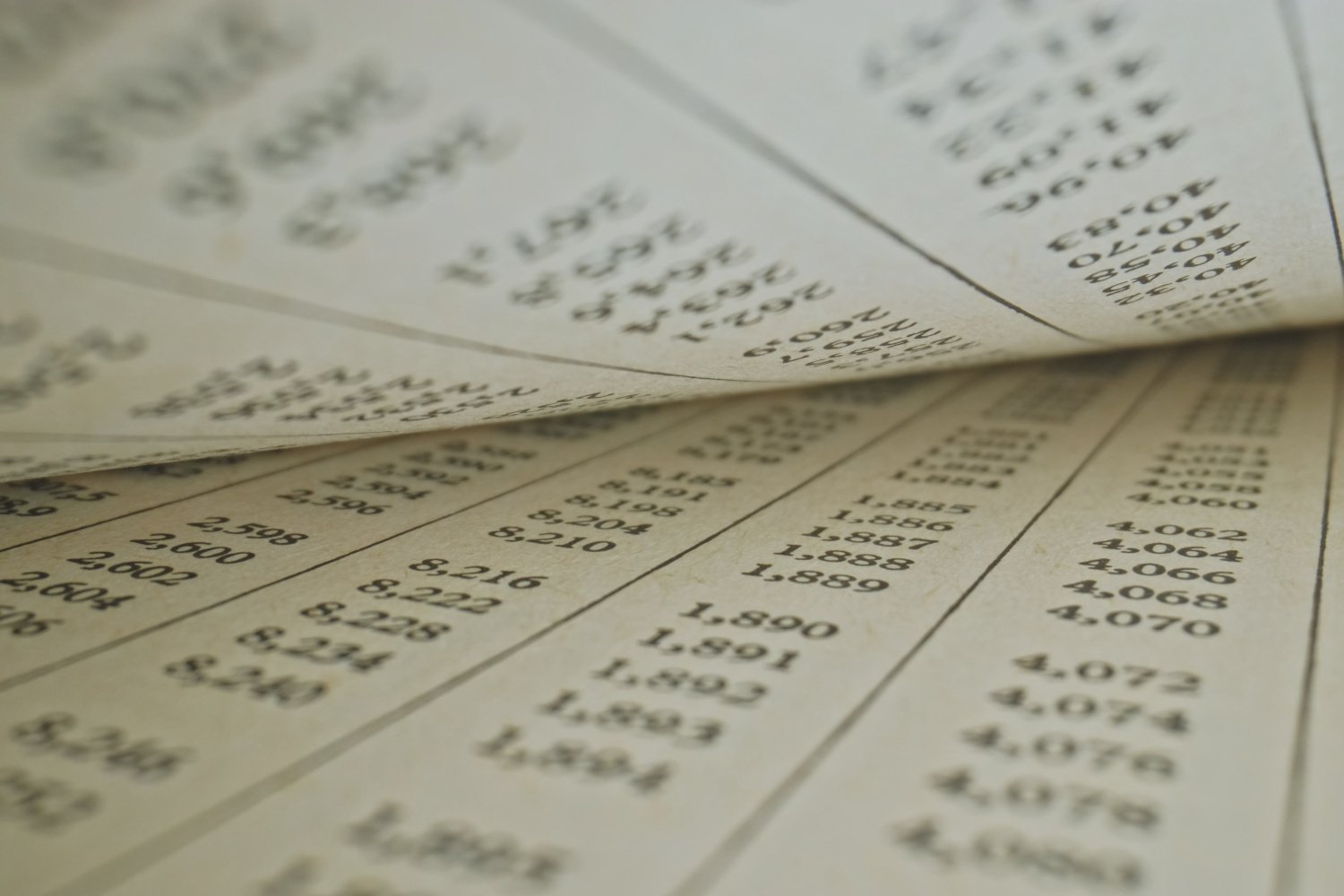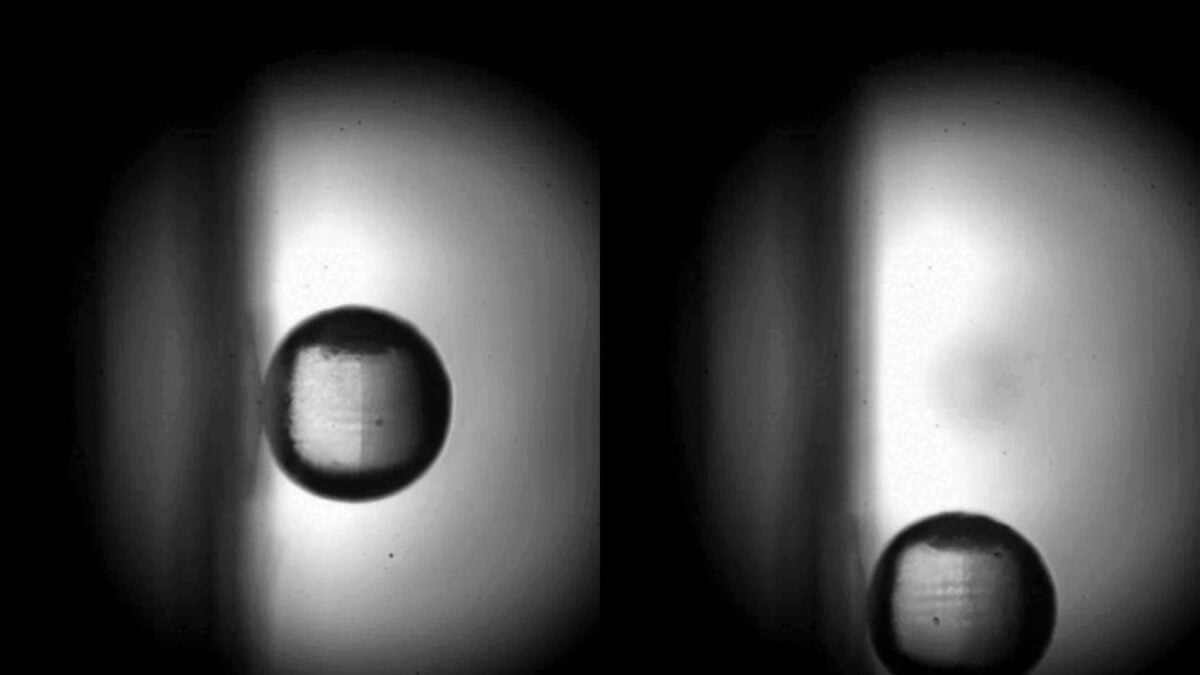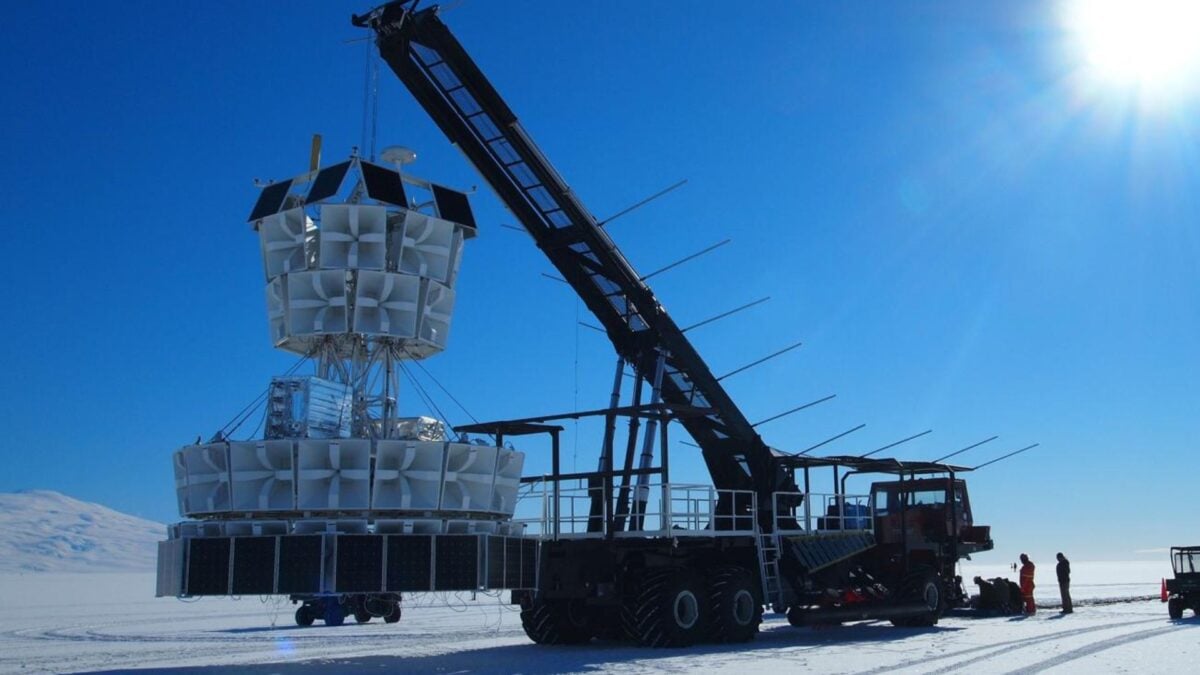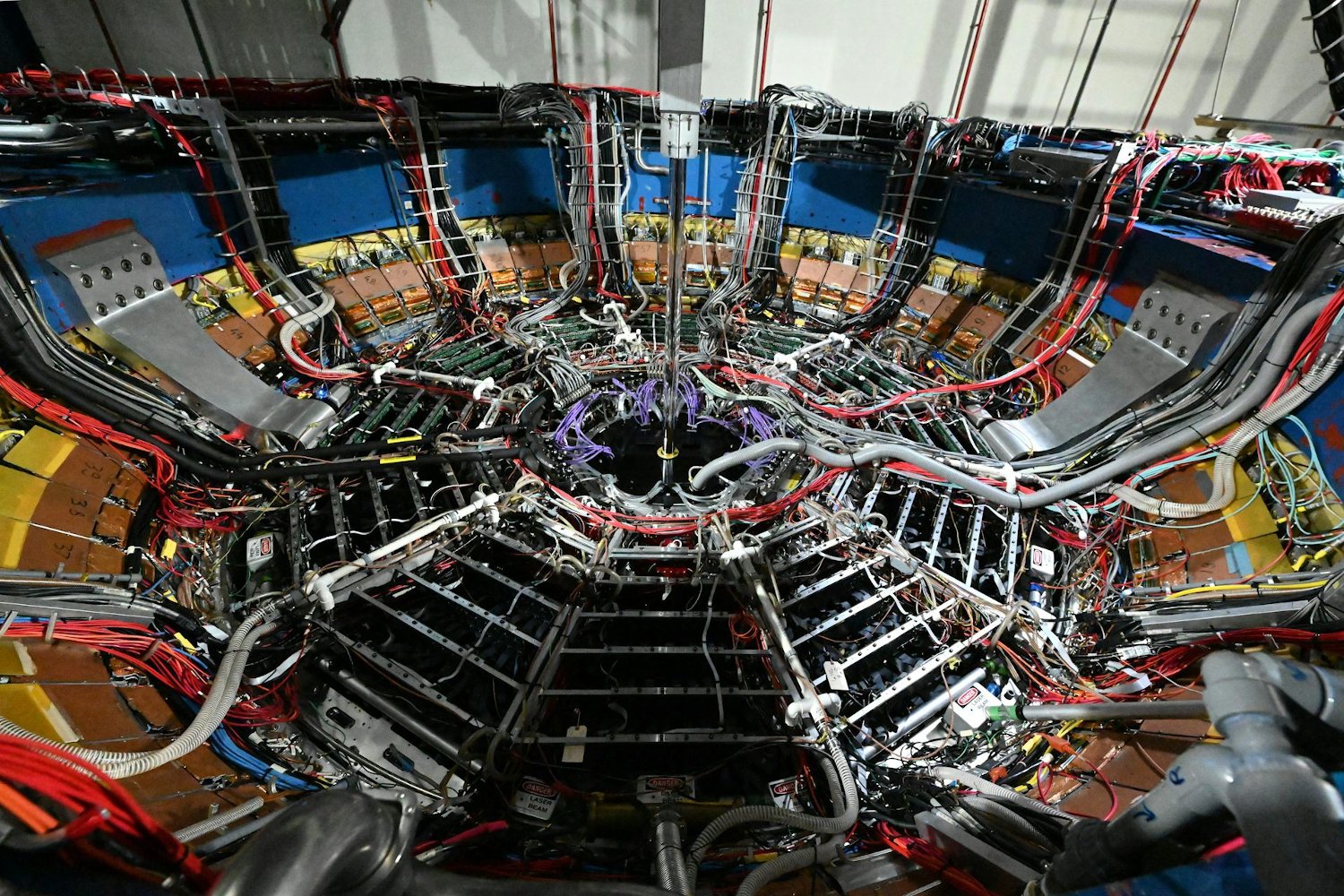Scientists at CERN have momentarily achieved the ancient alchemists’ dream of transmuting lead into gold, albeit on a minuscule scale and for a fleeting instant. Utilizing the Large Hadron Collider (LHC), the world’s largest particle accelerator, researchers successfully ejected three protons from lead atoms, effectively transforming them into gold. This achievement, while not the first instance of artificial gold creation, employs a novel mechanism involving near-miss collisions.
According to Uliana Dmitrieva, a physicist from the ALICE (A Large Ion Collider Experiment) collaboration at CERN, “The present analysis is the first to systematically detect and analyse the signature of gold production at the LHC experimentally.” This groundbreaking research, documented in the Physical Review Journals, sheds light on a new pathway to transmutation.
The Alchemy of Physics
The defining characteristic of an element lies in the number of protons within its atomic nucleus. Lead possesses 82 protons, while gold has 79. In this experiment, lead nuclei were propelled through the LHC at a staggering 99.999993% the speed of light. This immense velocity warped the nuclei’s electromagnetic fields, generating a burst of photons. The crucial interaction occurred not through direct collisions, but rather through near-misses between these photons and the lead nuclei. This interaction triggered a process known as electromagnetic dissociation, causing the lead nuclei to shed protons and neutrons.
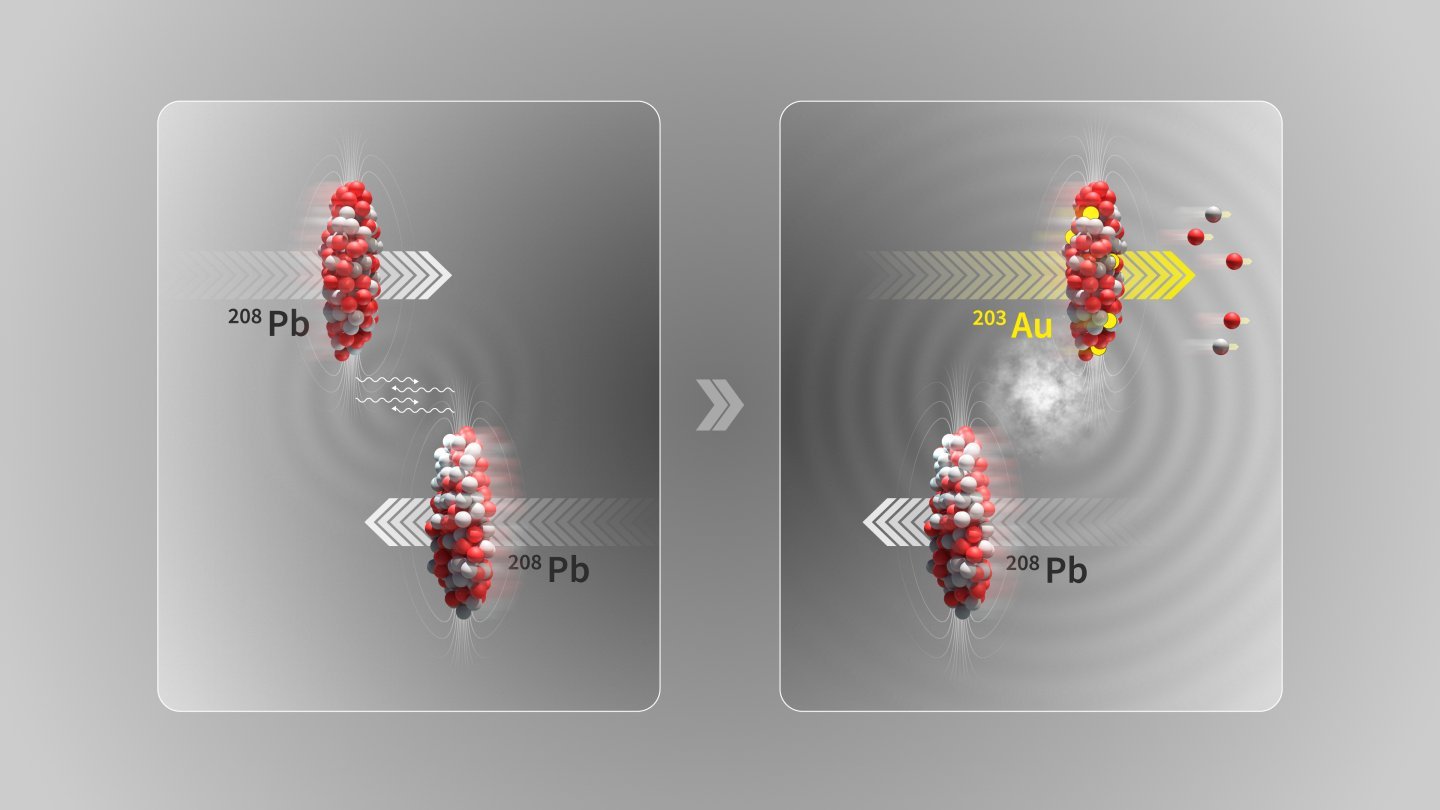 Near Miss
Near Miss
Depending on the number of protons lost, the lead atoms transformed into different elements. The loss of one proton resulted in thallium, two protons yielded mercury, and the loss of three protons created gold. While the near-miss collisions successfully produced all three heavy metals, the resultant gold nuclei were incredibly unstable, disintegrating almost instantly. This meant the gold existed for less than a second.
From Alchemist’s Dream to Scientific Reality
Despite producing nearly double the amount of gold compared to previous endeavors, the quantity remains infinitesimal—trillions of times less than the amount needed for even the smallest piece of jewelry. While this method falls short of generating substantial riches, the experiment holds significant scientific value.
John Jowett, an accelerator physicist from the ALICE collaboration, explains that “The results also test and improve theoretical models of electromagnetic dissociation which, beyond their intrinsic physics interest, are used to understand and predict beam losses that are a major limit on the performance of the LHC and future colliders.” Understanding these beam losses is crucial for enhancing the efficiency and performance of particle accelerators.
Beyond Gold: The LHC’s Legacy
This research builds upon a legacy of significant discoveries made at the LHC. Perhaps the most prominent of these is the detection of the Higgs boson particle in 2012. This discovery confirmed the existence of the Higgs field, which imparts mass to fundamental particles like electrons.
The fleeting creation of gold at the LHC, although not practically applicable for wealth generation, offers valuable insights into nuclear physics and furthers our understanding of the universe’s fundamental building blocks. This experiment exemplifies the power of the LHC as a tool for scientific exploration, pushing the boundaries of human knowledge and revealing the intricate workings of the cosmos. The question remains: what groundbreaking discovery awaits us next from the world’s most powerful particle accelerator?



